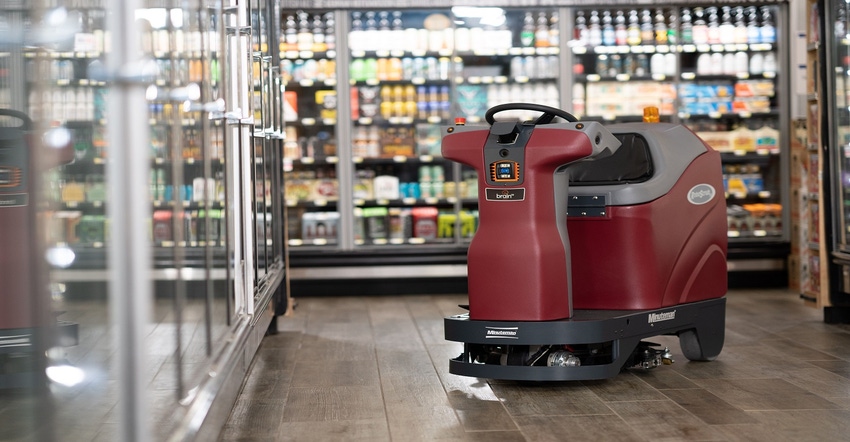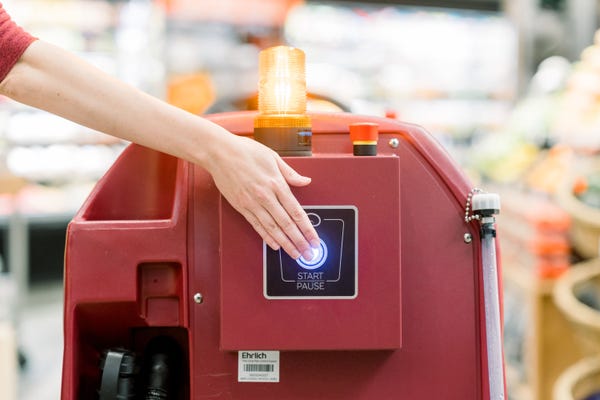Robots can now be created by modularity, allowing users to reconfigure robots to a variety of applications.
December 30, 2022

With lockdowns over and COVID nearly on its way out, staff shortages are still creating bottlenecks for manufacturers. Companies large and small are turning to robots to engage in multiple tasks. This has resulted in a boom for workplace robots according to the International Federation of Robotics. With more robots in use and the number of potential applications growing, users are finding new ways to conceptualize, build, and scale robots. To accommodate this, robot makers are devising systems for robotics to help users repurpose robots from one application to another.
Here Comes the Concept of Modular Robotics.
A modular robot is a robotic system that includes elements and modules that possess the necessary basic functions of robots. They can be put together and reconfigured as an integrated system that enables users to repurpose the robot for disparate tasks. The obvious benefit of modular robotic systems is that a set of modules can be combined and recombined to form a customized robot designed for a specific application. The robot can be changed – even daily – for an entirely different purpose.

One significant benefit is that users don’t have to buy a different robot for each individual application. “The concept of modularity in robots is in the building platforms. Robots have a lot of components that can be reused,” Maturi Jagadish, product management leader for AI and robotics at Brain Corp., told Design News. Brain is a software company that works with partner companies to create cleaning robots.
Modularity from Shape to Function
The modularity concept can take a variety of forms, even to the point of designing the exterior of the robot to meet specific needs. “Think about how the robots gravitate to round or rectangular. It’s certainly a different shape, but the drive, the motors, the processing, and the sensors are quite similar. If the user needs a different shape for a particular application, we enable it. We enable the partner companies to build robots in different sizes and shapes.”
Many small- to mid-size manufacturers want robots to be versatile enough to be repurposed. They are often resistant to purchasing a robot that is restricted to one single purpose. “A lot of the technology is reusable,” said Jagadish. “The customer needs are different, but the smaller company comes to us for help in getting their product production into robotics. The modular platform allows them to use the same robot for multiple purposes.

Modularity Is Both Hardware and Software
As for modularity, it’s a blend of software and hardware. “We give them the brain that runs the machine and makes the machines autonomous,” said Jagadish. “We offer design for hardware components, but a lot of knowledge is in the software that runs the sensors.”
Modularity helps users repurpose robotics across different industries. The ultimate result of modularity is it brings down the overall cost of deploying robots. “Users buy the software and the robotics,” said Jagadish. “They have their own designs for the robot and its applications. What we provide is like a reference design, a starting point to get the robot to do what the user needs.”
In addition to repurposing a robot for conventional manufacturing applications, warehousing functions, or retail purposes, the robot can be reconfigured for analytics. Data acquisition can be added to the robot’s duties. “We’re starting to look at the retail space for analytics,” said Jagadish. “As the robot cleans the floor, it looks at what’s on the shelf and reports on what’s out of stock. The robot engages in data collection.”
About the Author(s)
You May Also Like




